Everyone has an opinion on the word “influencer” nowadays, and it’s a love-hate relationship with most of them. Admit it (and we will too) — you’ve spent plenty a lunch session heatedly weighing in on how they dare flaunt their free food/clothes/makeup, or breathtaking backdrops, or significant others in your face, on how much they’re earning from their ‘job’ of populating Instagram feeds with pictures of themselves, how an “avs-looking” 16-year-old could be earning more than you.
Truthfully though, when that’s over and you’re scrolling through your feed on the MRT, you’re still caving in to the new lipstick that looks kinda mildly perfect actually, or googling for the price of that handbag, or saving that hip location in Marrakech/Santorini/California on your travel bucket list. You take a screenshot of that fairytale wedding table set-up (ridiculous, show off!) and add it to your Pinterest board. It’s confusing, but we’ve been there.
So it’s not surprising that we were downright gleeful when we first got wind of this piece of news: how marketing agency Mediakix faked two Instagram influencer accounts, and ended up making money from them.
Wait a minute. Yep, you heard right. Sneaky eh!
They deliberately did that to delve into the issue of users buying followers and engagement, after their findings that the Instagram influencer market size is currently $1 billion, with the aim “to prove whether or not it’s possible for accounts with fake followers and engagement to secure brand sponsorship deals”. How?? You’ll be surprised that it was this easy.
1. Creating The Accounts
For the first account, they went for a lifestyle/fashion blogger feel, filling the feed with the photos from an imaginary LA-based girl, calibeachgirl310. Random string of numbers aside, you’ll find that the images look incredibly authentic upon first impression, with a range of close-ups, OOTDs, and that bikini bod along the beaches of Santa Monica. The truth though is that these photos were gathered together only after a one-day photoshoot with a local model — peer closely and you’ll find repeated outfits that clue you in on the account’s dubious roots.

As for the second account, it features one of those #wanderlust feeds we follow to inspire us on our next travels — only this time, travel influencer wanderingggirl is no more than an assemble of… free stock photos. We’re not even kidding, that’s almost zero effort. Well okay, not entirely; it must have taken a long time for someone to gather them and to note the different locations around the world, as generic as these places may be (the Eiffel Tower in Paris, palm trees in Maui, landscapes of Yosemite, the houses off Positano’s seaside cliffs).

To make the account slightly more convincing, we’ve noticed they’ve added certain touches. The captions are #basic, but pretty convincing, especially when filled with emojis or pretentious quotes. There are often subjects in the photo, a deliberate trick achieved by using stock photos of blonde girls showing the back of their heads (proving… it’s that easy to be basic?). And obviously, someone went to the trouble of creating imaginary timelines — a post of San Franciso on 8 May was followed up with photos of San Fran streets and the Golden Gate Bridge a few days later. Not bad.
2. Buying Followers & Engagement
With the feeds all set up, it was time for them to spend money — on buying both fake followers and engagement (likes and comments). This started out carefully enough, with acquiring just 1,000 followers per day so that Instagram won’t suspect any foul play. Surprisingly though, they realised they could buy up to 15,000 followers a day without any issue. Pro tip! Since this was an experiment, they also tried out several companies, which range from $3 – $8 per 1,000 followers. The only difference is that the cheaper companies were less timely with their fakes, but hey, that means an ‘expensive’ $80 could get you a coveted 10,000 followers — the holy grail figure for you to start taking part in brand deals (more on that later).
It would of course be awkward if they’ve got this many followers and no engagement, so Mediakix went around to purchasing likes and comments too, at around 12 cents per comment and between $4 – $9 per 1,000 likes. For each photo, they purchased 500 – 2,500 likes and 10 – 50 comments. We noticed many of these were pretty standard, with compliments like “nice” or “love this” to questions about the camera used, but other than one random dubious account called ‘iphone7s128gb’, most of our click-throughs look like real, legit people going on their real, legit lives… even when we checked the first few photos. Where are these fakes coming from?! Go on, check for yourself and get the sinking feeling that you don’t know anything anymore.
If you’ve been keeping count, it means that at its cheapest, you can get 10,000 followers for $30 and with say, 1,000 likes and 10 comments each for 100 of your photos, that’s $520. Altogether, you need just $550 to nail a real-enough Instagram account that marketers would take seriously.
As for how this happens, take this Russian vending machine that you can buy Instagram likes from. It’s as easy as inserting 100 rubles ($2.30) and getting an instant 200 likes that you can use for any picture you’d like. Ah, sweet technology.
3. Getting Brands On Board!
So yes, back to our wandering cali girls. This actually happened. Once both accounts hit 10,000 followers, Mediakix could sign them up for various influencer marketing platforms. The results? A total of four paid brand deals, two for each account. The fashion one scored with a swimsuit company and an F&B brand, while the travel account snagged an alcohol brand and the same F&B company, with offers of monetary compensation, free products, or both. Yes, fictional characters can get #sponsored!
Which, you know, paints a terrible picture of the industry as a whole. Not so much on how easily the marketers got duped (because we would be too), but how easy it is to cheat your way through earning real cash.
Mediakix concludes with this: “Instagrammers with completely or partially fake followings and/or engagement present advertisers with a unique form of ad fraud that’s becoming more and more commonplace and could be siphoning tens of millions of dollars from brands.” Sounds ominous enough — but other than being personally shooked by this, we don’t really know how much this is a cause for alarm.
Honestly, we still have faith in the more popular influencers and personalities we see on our feeds, because for all the self-absorption, the best of them are more hardworking than we think; it’s the so-called ‘micro-influencers’ we’re more wary about — yep, the people whom the infamous Faves Asia video are targeting, and we hate to say this, but they have a point.
The widely accepted definition of micro-influencers are those who post on social media platforms, with typically 1,000 to 100,000 followers. It turns out that a brand would rather engage a fleet of them, say 30 to 40 micro-influencers’, each with a concentrated audience and higher rate of engagement, compared to say, the Kardashians, where their content might get lost. This then brings about ‘conversions’, or regular people buying their product.
These are also numbers someone can more realistically hit — whether organically or not — though there will never be any official figures for who bought how many likes for instance, only rumours at quickly-forgotten conversations. So yeah, whether they lurk among us, we’ll never know… but hey, if you’re free enough to earn some quick bucks off this, why not try it out for yourself?


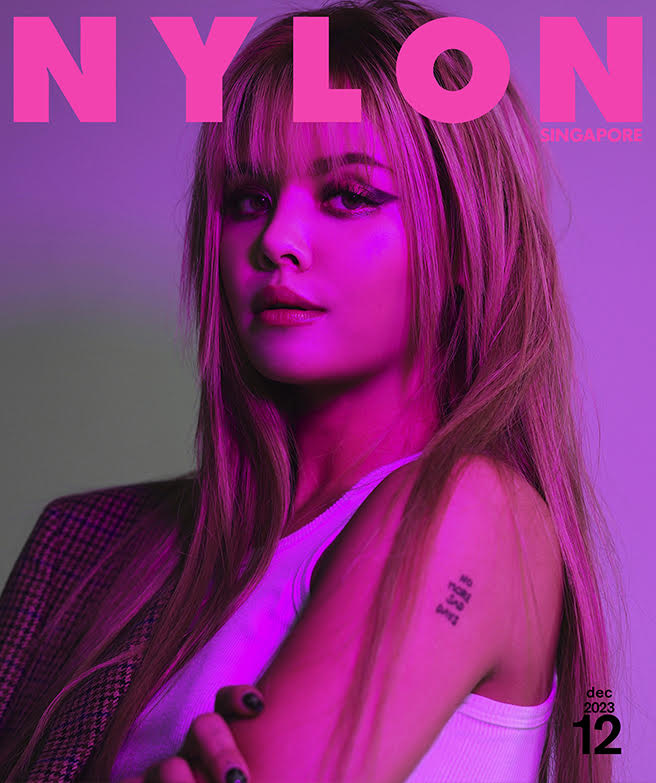
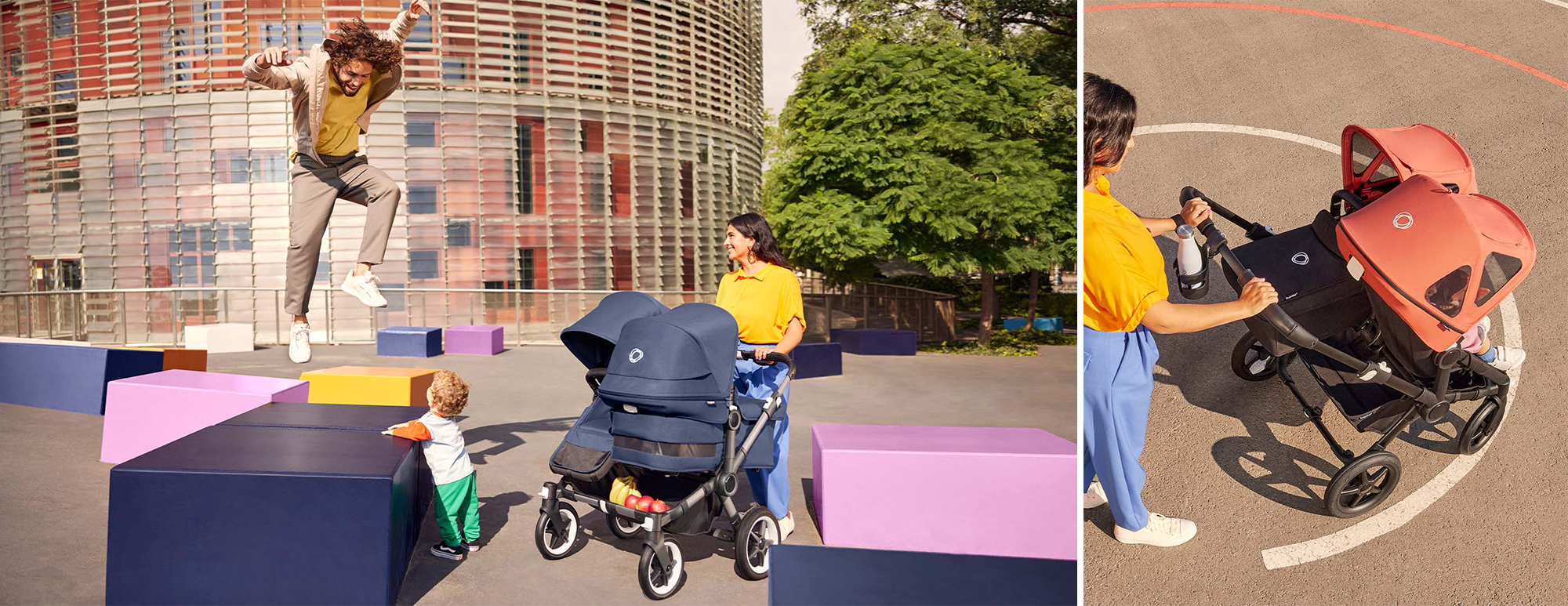
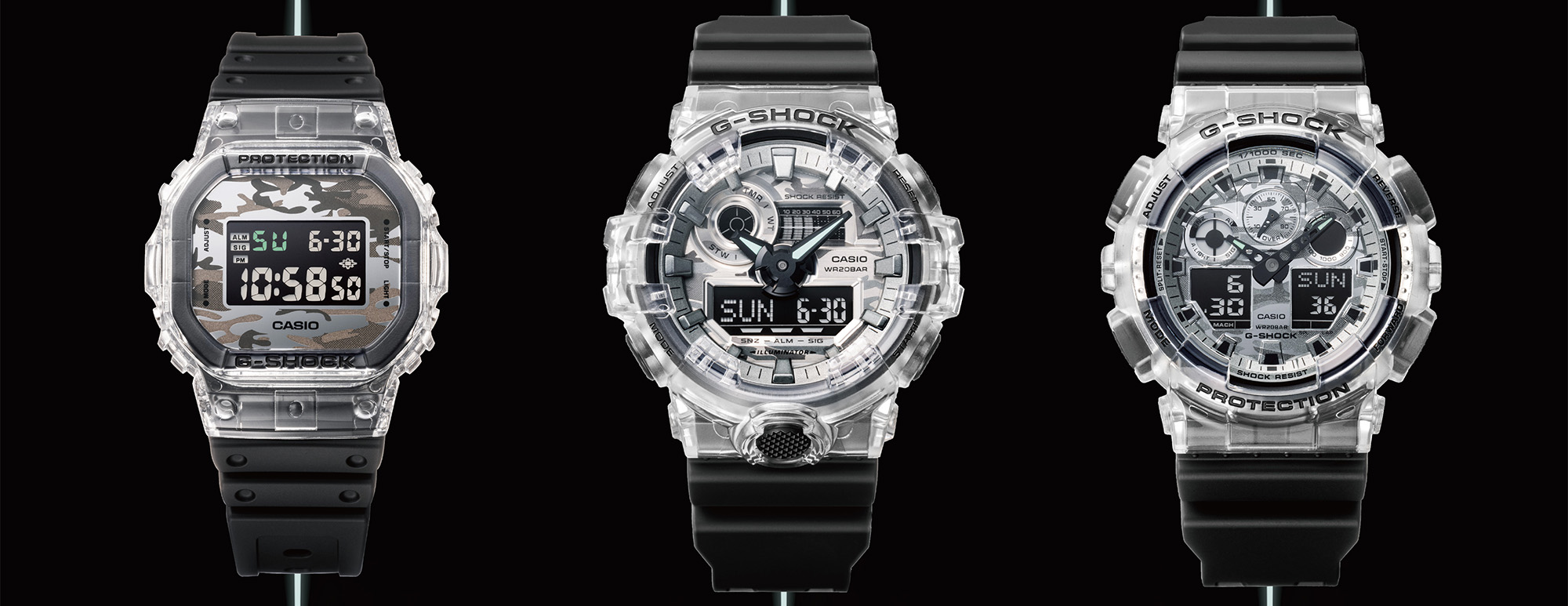
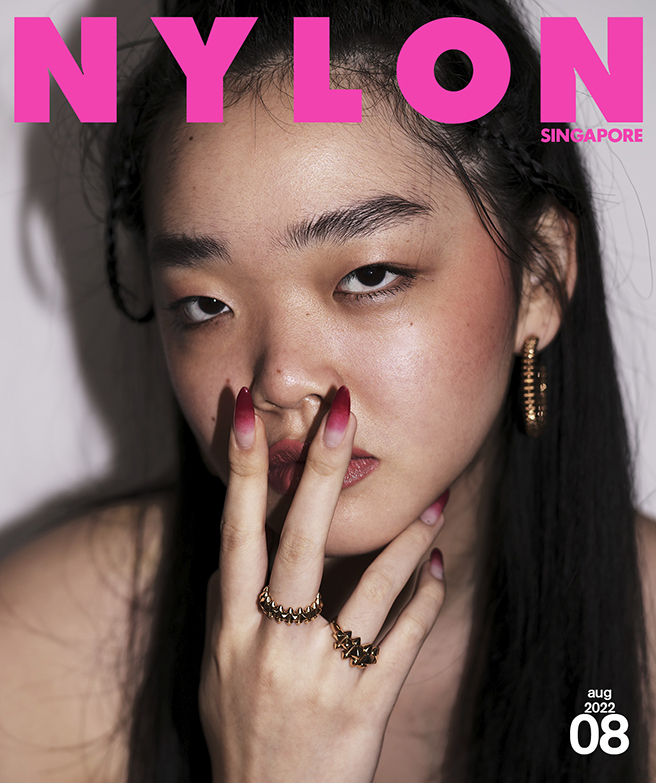
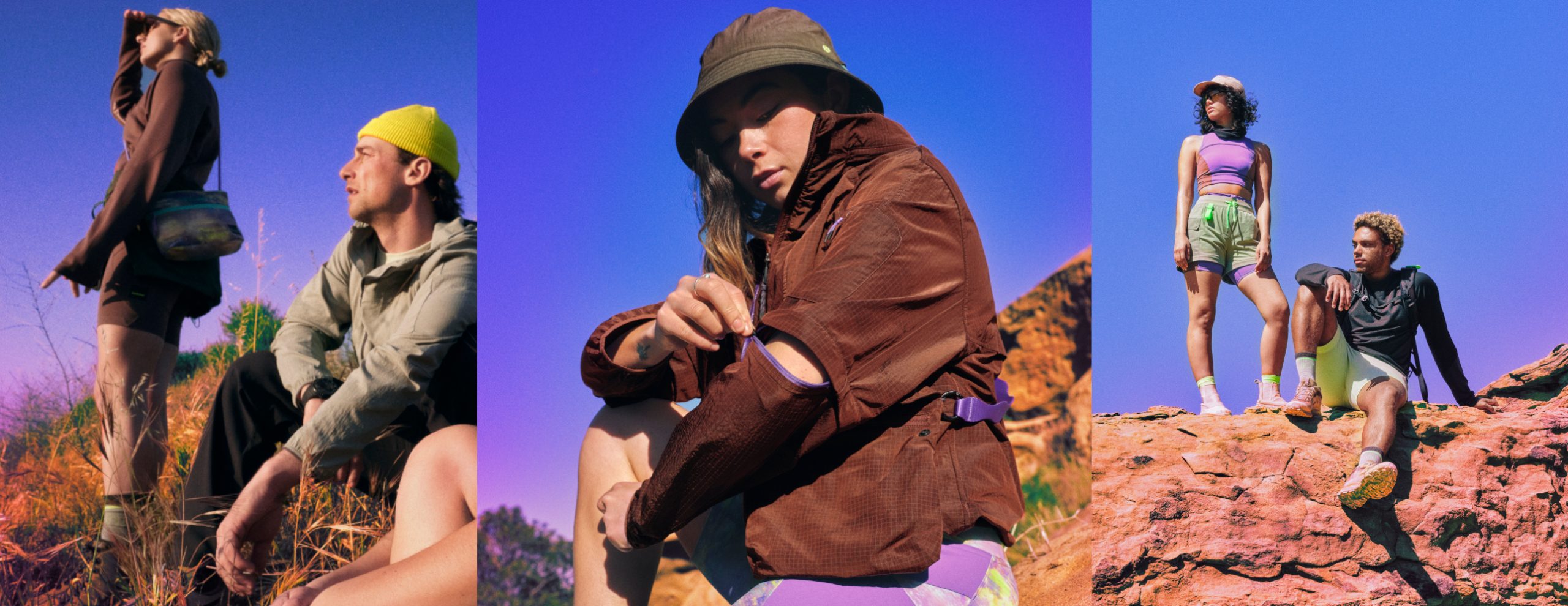
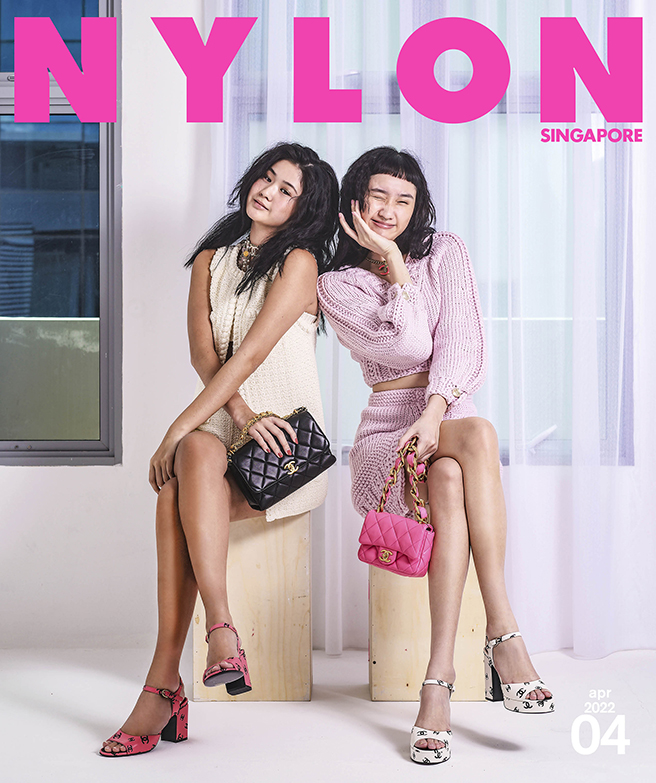
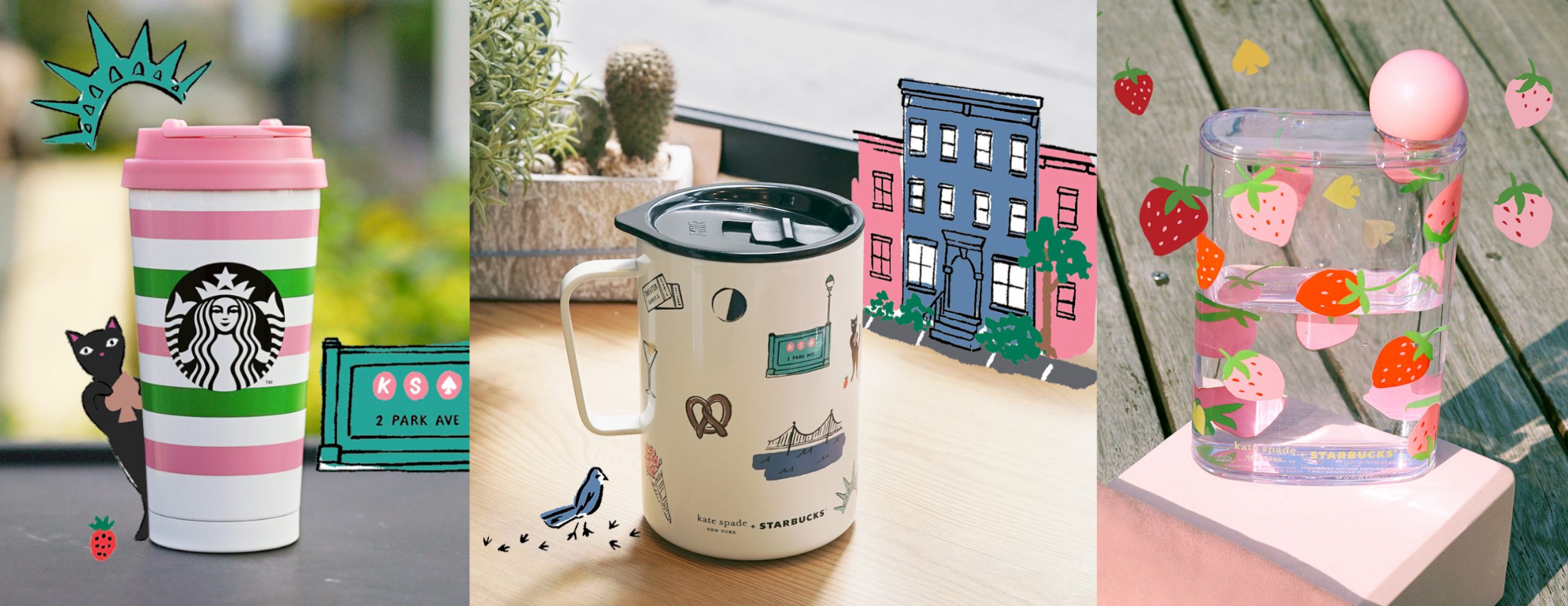
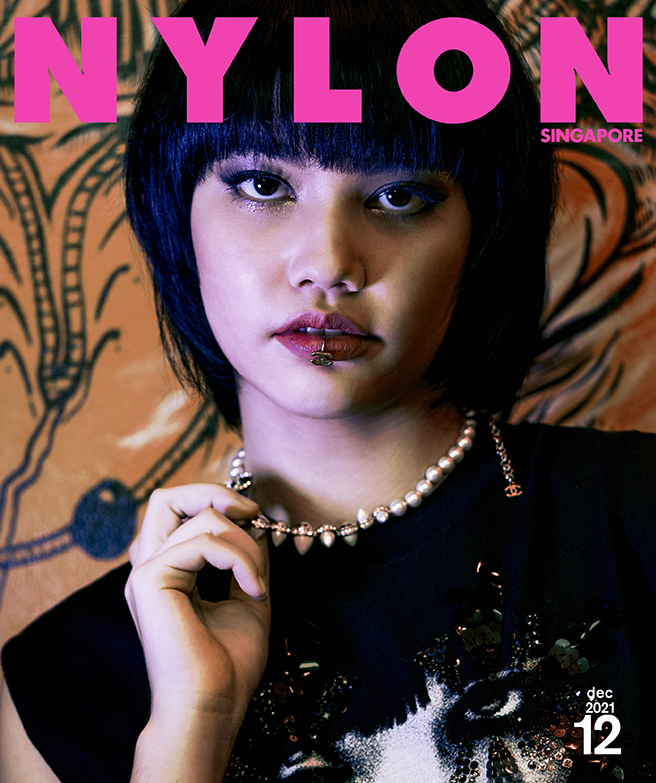

You must be logged in to post a comment.